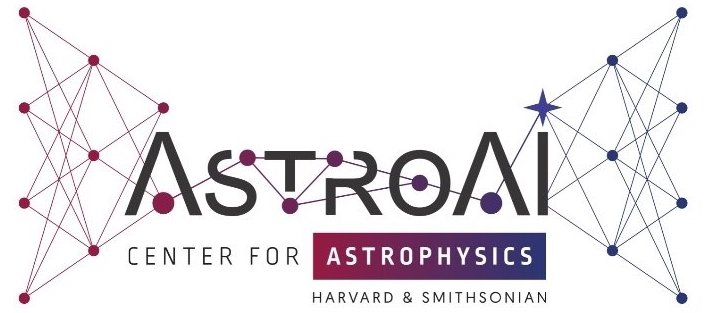Detection of possible depletion duration of boundary layer structure in a Z source GX 349+2.
Presenter: Malapaka Venkata Ratna Abhishek
Title: Detection of possible depletion duration of boundary layer structure in a Z source GX 349+2.
Date/Time: Monday, June 17th, 2:30 - 4:00 PM; Thursday, June 20th, 3:30 - 5:00 PM
Abstract: I worked on the temporal analysis of a Low Mass Neutron Star X-Ray Binary source GX349+2, as part of its temporal analysis I analysed the soft and hard energy band lightcurves of the source using the XMM Newton data, performed cross-correlation analysis between them to study its structure, from the lags found with this, the CCFs(Cross-Correlation Functions) were validated using 10000 simulated CCFs performed on 10000 simulated hard and soft lightcurves using Monte-Carlo simulations. Along with this, 95% confidence intervals were also found for the simulations and the lags found were verified to be statistically significant. The spectrum of the source was analysed to see any correlation between the model parameters and the lags obtained, few models were applied and their parameters were observed to see any significant variations. MCMC simulations were done on the model parameters to robust the variations observed and reported. The boundary layer size, as well as the corona size was obtained from the spectrum parameters. The spectro-temporal study showed that the source lags could be because of the depletion time of the boundary layer and also the coronal structure between the NS and the disk. Both correlated and anti-correlated lags were obtained from the analysis. The source was studied throughout its Z-track in the HID.
